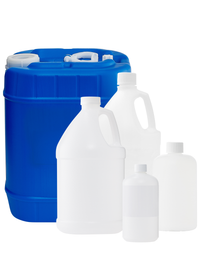Inorganic Salts
Inorganic Salts
Potassium, Sodium, Calcium And Other Salts
Inorganic salts are compounds that consist of cations (positively charged ions) and anions (negatively charged ions) held together by ionic bonds. These salts are typically formed when an acid reacts with a base, resulting in the formation of a salt and water through a chemical reaction called neutralization.
Inorganic salts are called "inorganic" because they do not contain carbon-hydrogen (C-H) bonds, which are the basis of organic chemistry. Instead, they often consist of metal cations, such as sodium (Na+), potassium (K+), calcium (Ca2+), or ammonium (NH4+), combined with nonmetal anions, such as chloride (Cl-), sulfate (SO42-), carbonate (CO32-), or nitrate (NO3-).
These salts are typically crystalline solids at room temperature, and many of them have distinctive properties, such as solubility in water and electrical conductivity when dissolved in solution. They can be found naturally in minerals, as well as synthesized for various industrial and scientific purposes.
Inorganic salts have diverse applications in various fields. For example, sodium chloride (NaCl) is commonly used as table salt and in food preservation. Calcium carbonate (CaCO3) is found in limestone and is used in construction materials and as an antacid. Sodium bicarbonate (NaHCO3) is used in baking soda and as an ingredient in fire extinguishers.















